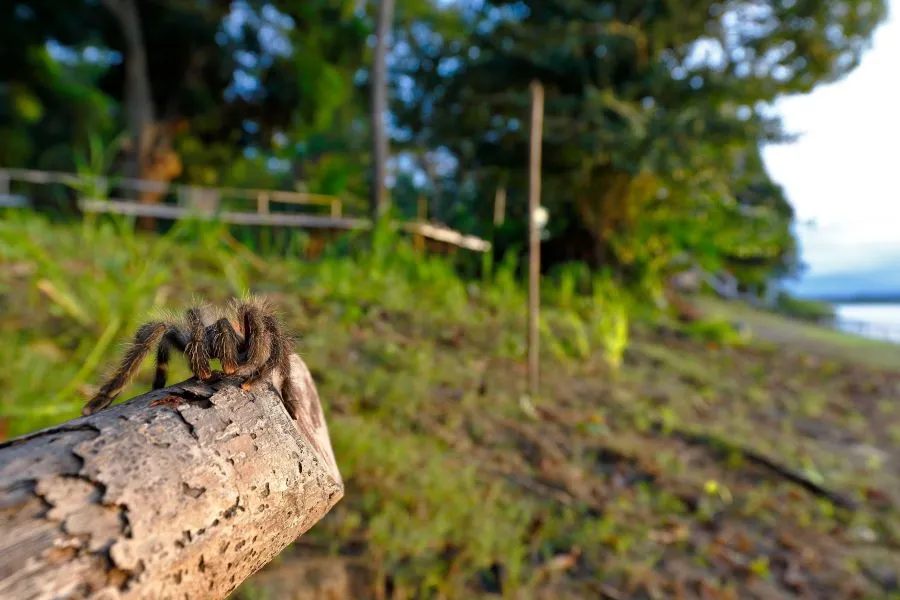Tarantula Poop Top 5 Facts Revealed
Ever wondered about the fascinating world of tarantula waste management? While these eight-legged creatures are captivating pets, their biological processes are equally intriguing. This article delves into the nitty-gritty of tarantula poop, providing you with five essential facts and insights into their digestive and excretory systems. From understanding their eating habits to the frequency of their bathroom breaks, we’ll cover everything you need to know about this often-overlooked aspect of tarantula care. Whether you’re a seasoned tarantula enthusiast or a curious newcomer, this guide will give you a new appreciation for these amazing creatures.
Digestive System Overview
Understanding a tarantula’s digestive system is key to understanding how it processes and eliminates waste. Unlike mammals, tarantulas have a unique system adapted to their carnivorous lifestyle. They begin with chelicerae (fangs) to inject venom and break down prey. The food then moves through the pharynx and esophagus to the stomach, where enzymes further digest the meal. Undigested material and waste products eventually make their way through the midgut and hindgut, leading to excretion. This system efficiently extracts nutrients from meals like insects and small vertebrates, leaving behind waste that is then eliminated.
How Tarantulas Eat
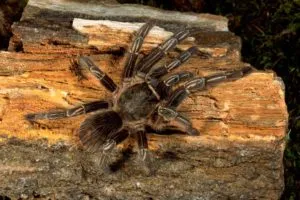
Tarantulas are primarily carnivores, their diet consisting mainly of insects, such as crickets, mealworms, and roaches, although larger tarantulas can consume small vertebrates like mice. They use their fangs to inject venom, which immobilizes and begins to break down their prey. Once the prey is subdued, the tarantula uses its chelicerae to grind and crush the meal, mixing it with digestive enzymes. These enzymes break down the prey into a liquid form, which the tarantula then sucks up, leaving behind indigestible parts. This liquid diet minimizes solid waste production, making their pooping habits somewhat different from other animals.
The Role of the Malpighian Tubules
The Malpighian tubules play a crucial role in tarantula waste removal. These slender, blind-ended tubes float in the hemolymph (equivalent to blood) of the tarantula and act as the primary excretory organs. They filter waste products from the hemolymph, including uric acid, which is a key component of tarantula excrement. The tubules then transport these waste products into the hindgut, where water is reabsorbed, and the solid waste is prepared for excretion. This efficient system allows tarantulas to conserve water, which is essential for their survival, especially in arid environments.
Fact 1 Where Does Poop Exit
Tarantulas, like all spiders, excrete waste through their anus, located at the end of their abdomen, near the spinnerets (silk-producing organs). This is the same opening used for the elimination of solid waste. The location is discreet, hidden from view, and designed to minimize disruption to their habitat. This placement reflects their adaptation to survive in various environments, allowing them to efficiently dispose of waste without making themselves vulnerable to predators. The consistency and frequency of the waste depend largely on the tarantula’s diet and overall health.
Fact 2 How Often Do They Poop
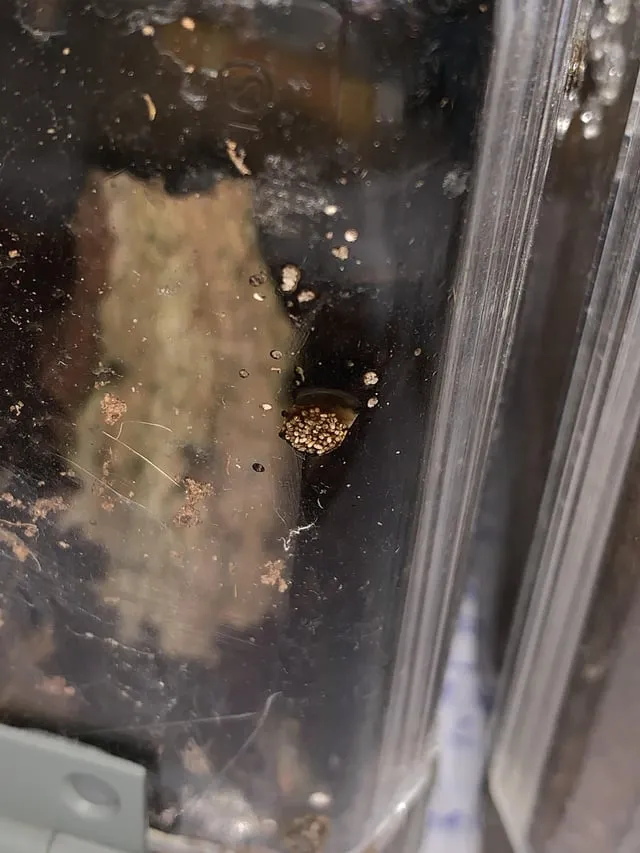
The frequency of tarantula bowel movements varies greatly depending on factors such as age, diet, and metabolism. Younger, actively growing tarantulas that eat frequently will typically poop more often than older, less active ones. On average, tarantulas may poop anywhere from once a week to once a month, or even less frequently. A high-fiber diet (like one with many insect exoskeletons) might also increase frequency. Monitoring the frequency of excretion can also be a useful indicator of their overall health and well-being. Keep an eye on their enclosure to gauge how often your tarantula is eliminating waste.
Fact 3 What Does Tarantula Poop Look Like
Tarantula poop is usually a small, dark, solid pellet. The color can range from dark brown to black, depending on the tarantula’s diet. You might also observe a white, chalky substance mixed in, which is uric acid, a concentrated waste product. The size and consistency of the droppings can vary slightly, influenced by their diet and hydration levels. Healthy tarantula poop should be relatively firm and well-formed, not runny or excessively dry. Observing the appearance of the waste can provide valuable insights into your tarantula’s health.
Fact 4 Factors Affecting Poop Frequency
Several factors can affect how often a tarantula poops. Diet is the most influential; a diet rich in easily digestible foods, such as pre-killed insects, might lead to less frequent bowel movements compared to a diet with more chitin (exoskeletons). Temperature plays a role, with warmer temperatures often speeding up metabolism and excretion. Hydration also influences frequency and consistency; dehydration can lead to constipation, while adequate hydration supports regular waste elimination. Age and activity levels also play a part, with younger, more active tarantulas eating and eliminating more frequently.
Fact 5 Are Tarantula Poop Dangerous
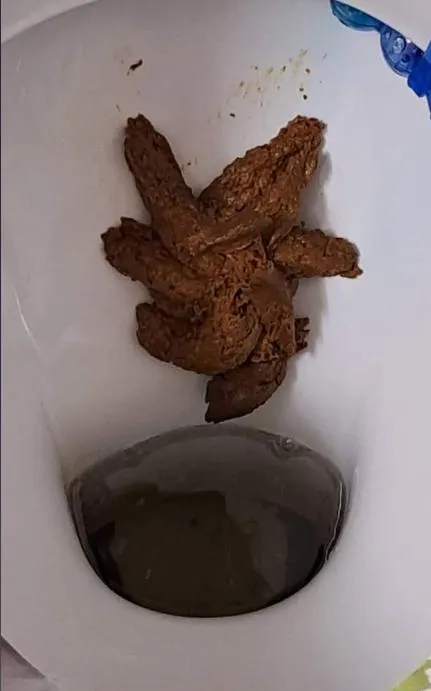
Tarantula poop itself is generally not considered dangerous to humans. However, it’s always wise to practice good hygiene when handling it. While the poop doesn’t typically carry diseases transmissible to humans, it’s a waste product, and it’s best to avoid direct contact. If you’re cleaning a tarantula enclosure, wear gloves and wash your hands thoroughly afterward. The main health concern is potential allergens from shed exoskeletons or uneaten food that may be present in the enclosure, not the poop itself. Regular cleaning prevents the build-up of mold or bacteria, ensuring the health of both you and your tarantula.
Cleaning Tarantula Enclosures
Regular cleaning is vital for maintaining a healthy environment for your tarantula. This ensures that the enclosure remains free from waste buildup, mold, and potential pathogens. A clean enclosure promotes the overall well-being of the tarantula and prevents unpleasant odors. Cleaning also helps in preventing the spread of mites or other pests that could be harmful to your pet. The frequency of cleaning depends on factors like the size of the enclosure, the substrate type, and how often your tarantula eats.
Best Substrate for Easy Cleaning
Choosing the right substrate simplifies the cleaning process. Substrates that are easy to spot-clean are ideal. Options include a mix of coconut fiber (eco earth), sphagnum moss, and peat moss. These substrates absorb waste and odors well, and you can easily remove soiled areas without a complete substrate change. Avoid substrates that compact easily or are difficult to sift through. Also, consider the aesthetic and humidity requirements of your tarantula when selecting a substrate. Proper substrate management contributes to your tarantula’s overall health.
Tools for Cleaning
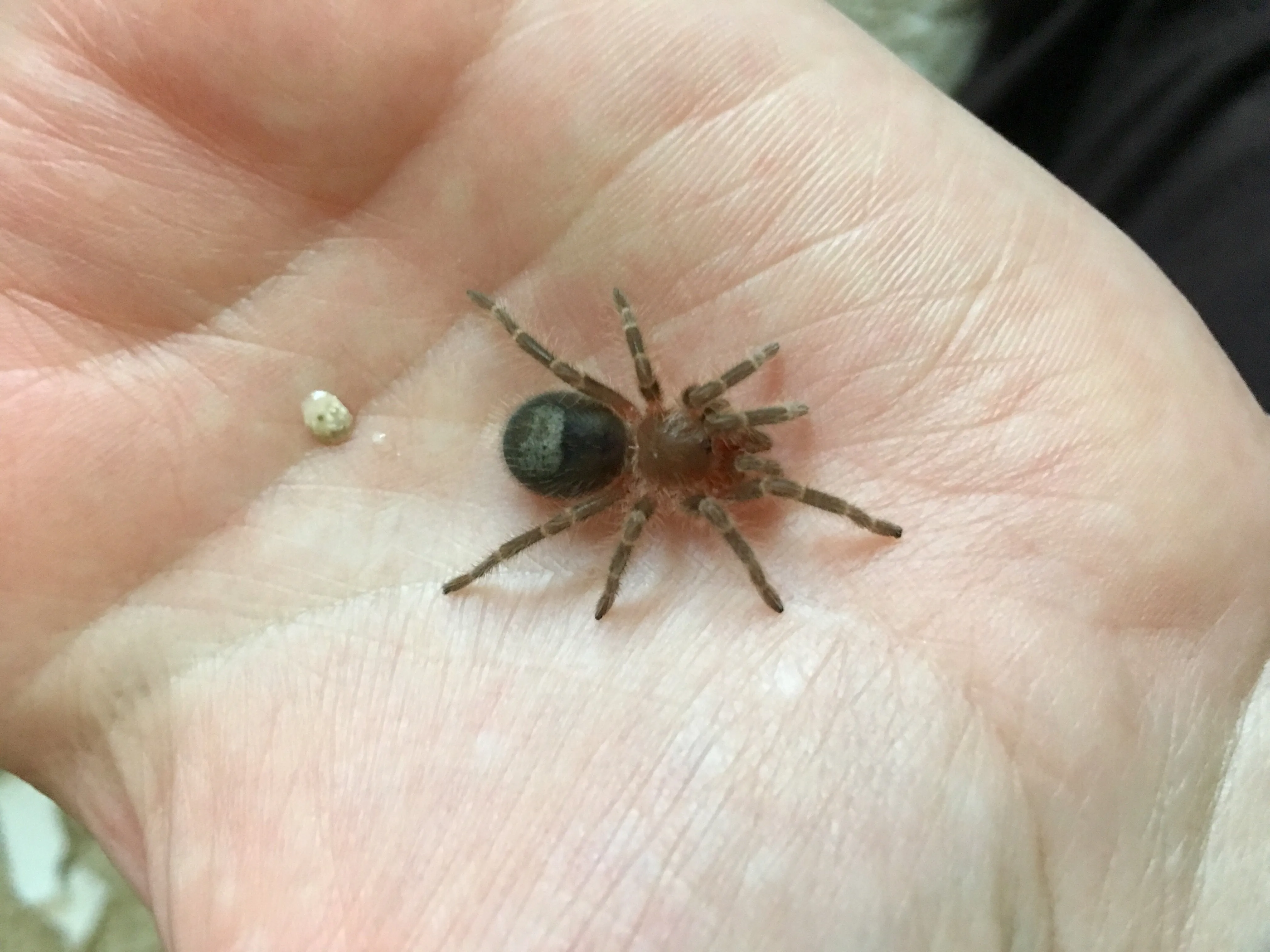
Having the right tools makes enclosure cleaning easier and more efficient. Essential tools include gloves to protect your hands, a small scoop or spoon to remove waste, and a container to dispose of the used substrate. Tweezers can be handy for removing small bits of debris or uneaten food. Consider using a spray bottle with water to lightly moisten the substrate, making it easier to remove waste. For larger enclosures, a small sifter might be useful for separating clean substrate from soiled areas. Always have dedicated cleaning tools specifically for your tarantula’s enclosure to prevent cross-contamination.
Importance of Hygiene
Maintaining good hygiene is paramount for the health of your tarantula. Regular cleaning reduces the risk of bacterial or fungal growth, which could harm your pet. Always wash your hands thoroughly before and after handling your tarantula or cleaning its enclosure. Regularly inspect the enclosure for any signs of mold, mites, or other pests. Promptly remove any uneaten food, as it can attract unwanted pests and bacteria. A clean enclosure ensures a healthy and stress-free environment for your tarantula, promoting its overall well-being and longevity. Following these hygiene practices supports a thriving pet and a happy owner.
